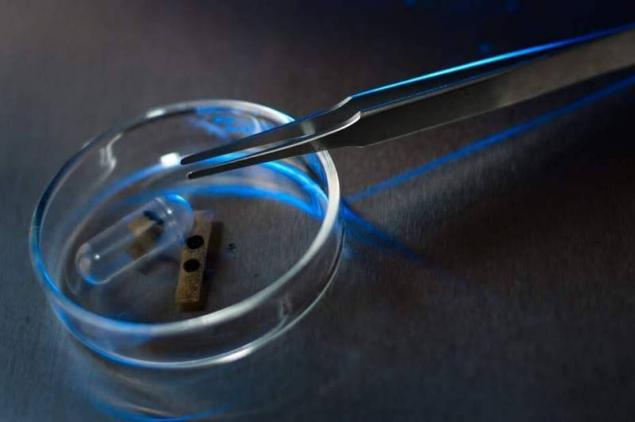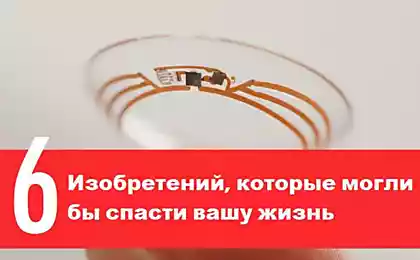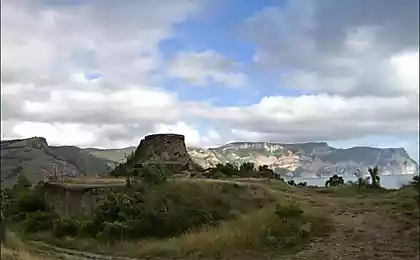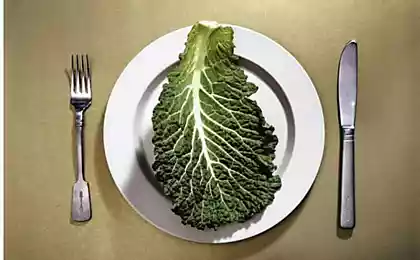408
Engineers have created a tiny but powerful medetsinskie device
The medical device is battery-powered, implanted in the human body, has already saved a huge number of human lives. A pacemaker produces weak electrical stimuli, set a steady rhythm of the heartbeat with arrhythmia, and the tiny defibrillators, generating more powerful pulses can prevent heart attacks and full cardiac arrest in some cases. However, in such devices there is a negative trait — their batteries require periodic replacement, which is associated with the risk of infection or surgical operations.
Mahdi Kiani (Kiani Mehdi), a scientist from the University of Pennsylvania, and his group are working to make electronic implantable devices smaller and has some features that get rid of the need to replace their batteries. "Now we are developing new methods for wireless transmission of energy and technology integrated power management," says Mahdi Kiani — "And the size to which we aim to reduce the sizes of electronic devices that are a millimeter or less, which is also associated with a lot of technical problems."
One of the key technologies, the development of which is almost completed, is a technology integrated adaptive power management, operating in the regime of comprehensive regulation of current and voltage. This mode provides a more efficient use of scarce energy, rather than more traditional methods based only on the control input and the output voltage. And capabilities of new technologies to control power supply should be enough to actuate the tiny device powered with wireless technology.
New devices that can be placed in almost any part of the human body, will be able to collect and send out data about the state of different organs, thus giving physicians a more complete picture about the state of health of the person. In addition, something similar can be used to collect data from the depths of the human brain, allowing scientists to delve deeper into the functions of the brain, to establish the causes of certain diseases and to find new and effective methods of dealing with them.
P. S. And remember, just changing your mind — together we change the world! ©
Source: ecotechnology

Mahdi Kiani (Kiani Mehdi), a scientist from the University of Pennsylvania, and his group are working to make electronic implantable devices smaller and has some features that get rid of the need to replace their batteries. "Now we are developing new methods for wireless transmission of energy and technology integrated power management," says Mahdi Kiani — "And the size to which we aim to reduce the sizes of electronic devices that are a millimeter or less, which is also associated with a lot of technical problems."
One of the key technologies, the development of which is almost completed, is a technology integrated adaptive power management, operating in the regime of comprehensive regulation of current and voltage. This mode provides a more efficient use of scarce energy, rather than more traditional methods based only on the control input and the output voltage. And capabilities of new technologies to control power supply should be enough to actuate the tiny device powered with wireless technology.

New devices that can be placed in almost any part of the human body, will be able to collect and send out data about the state of different organs, thus giving physicians a more complete picture about the state of health of the person. In addition, something similar can be used to collect data from the depths of the human brain, allowing scientists to delve deeper into the functions of the brain, to establish the causes of certain diseases and to find new and effective methods of dealing with them.
P. S. And remember, just changing your mind — together we change the world! ©
Source: ecotechnology























